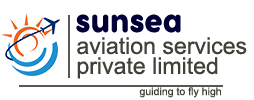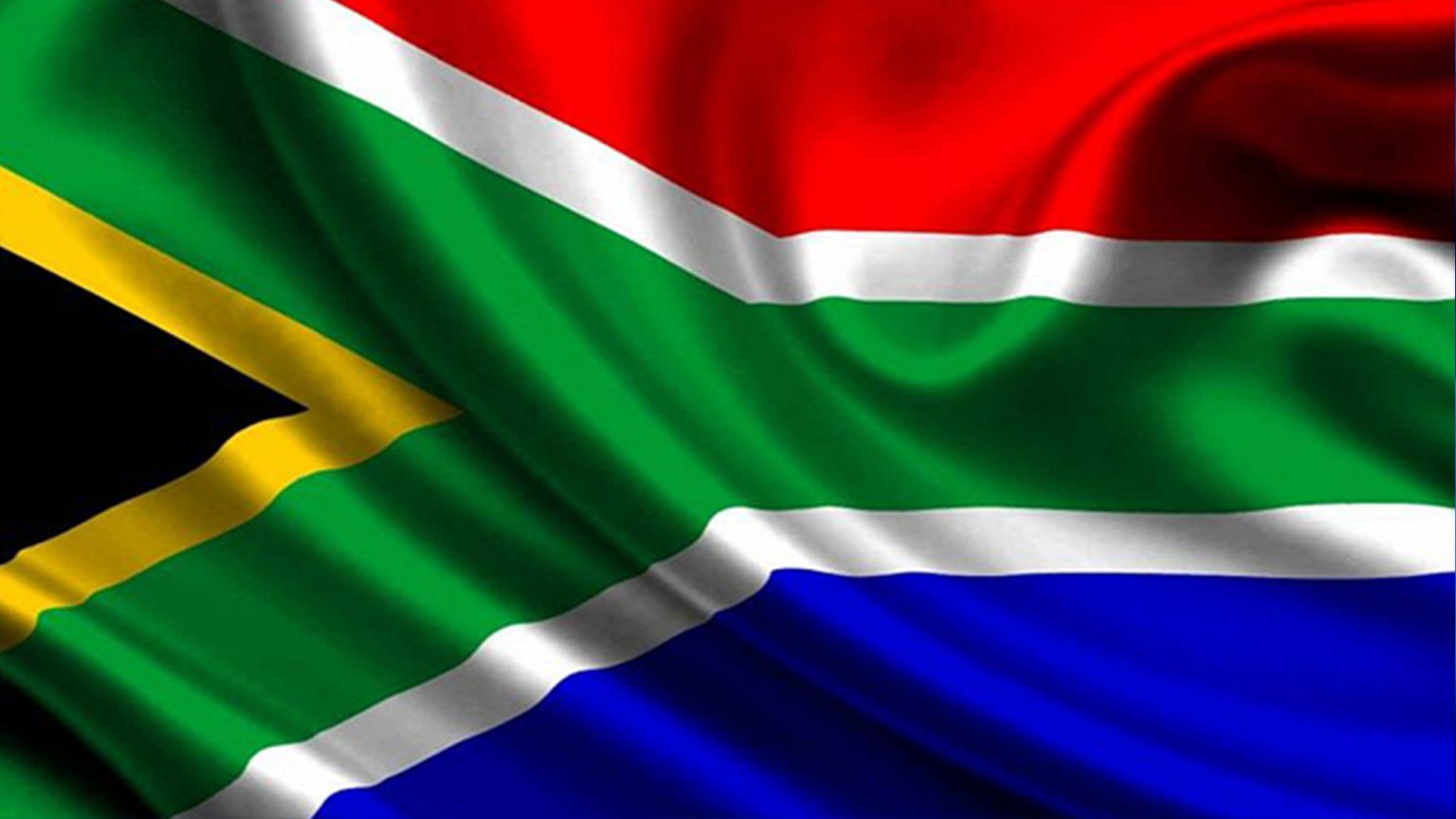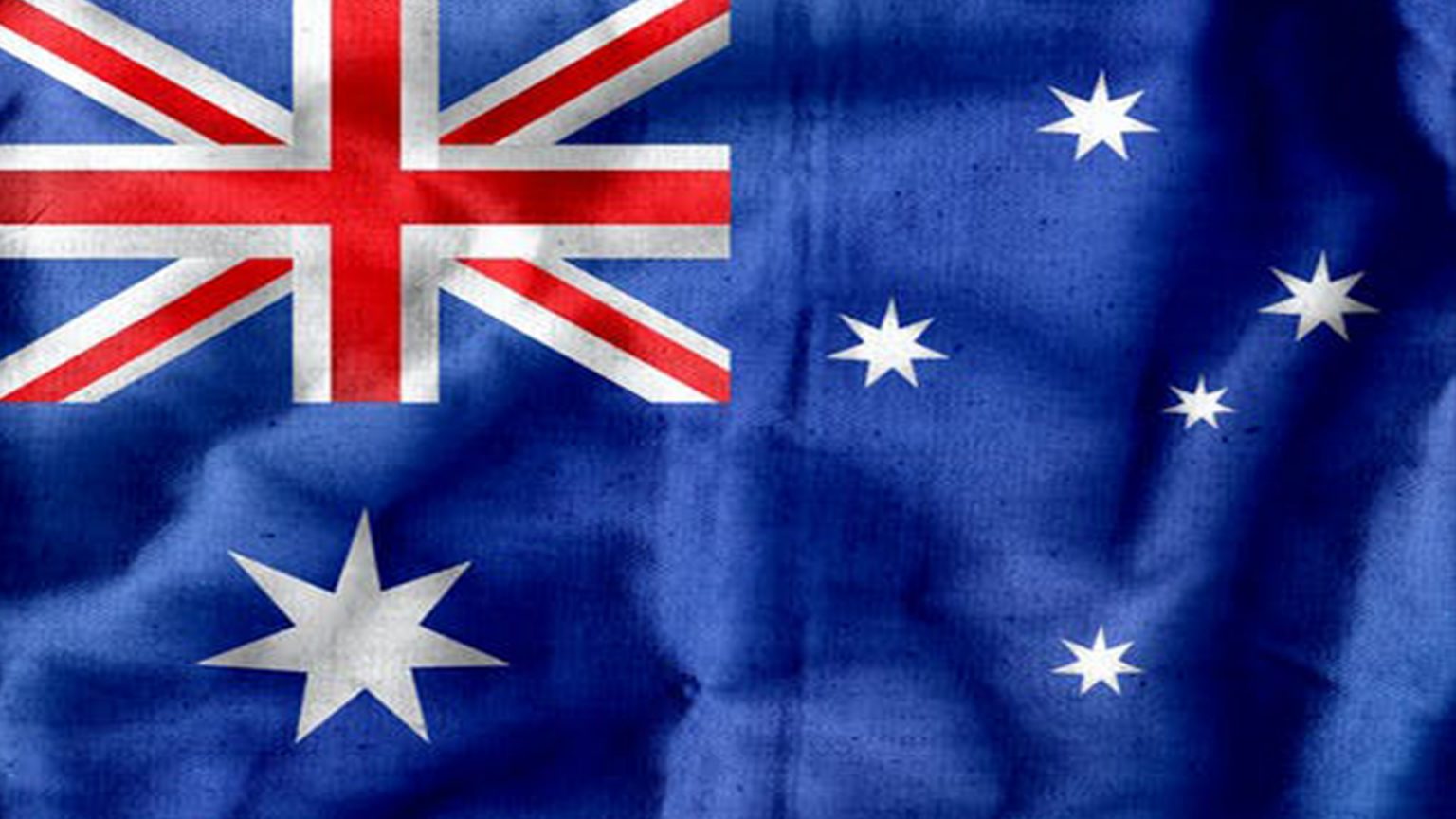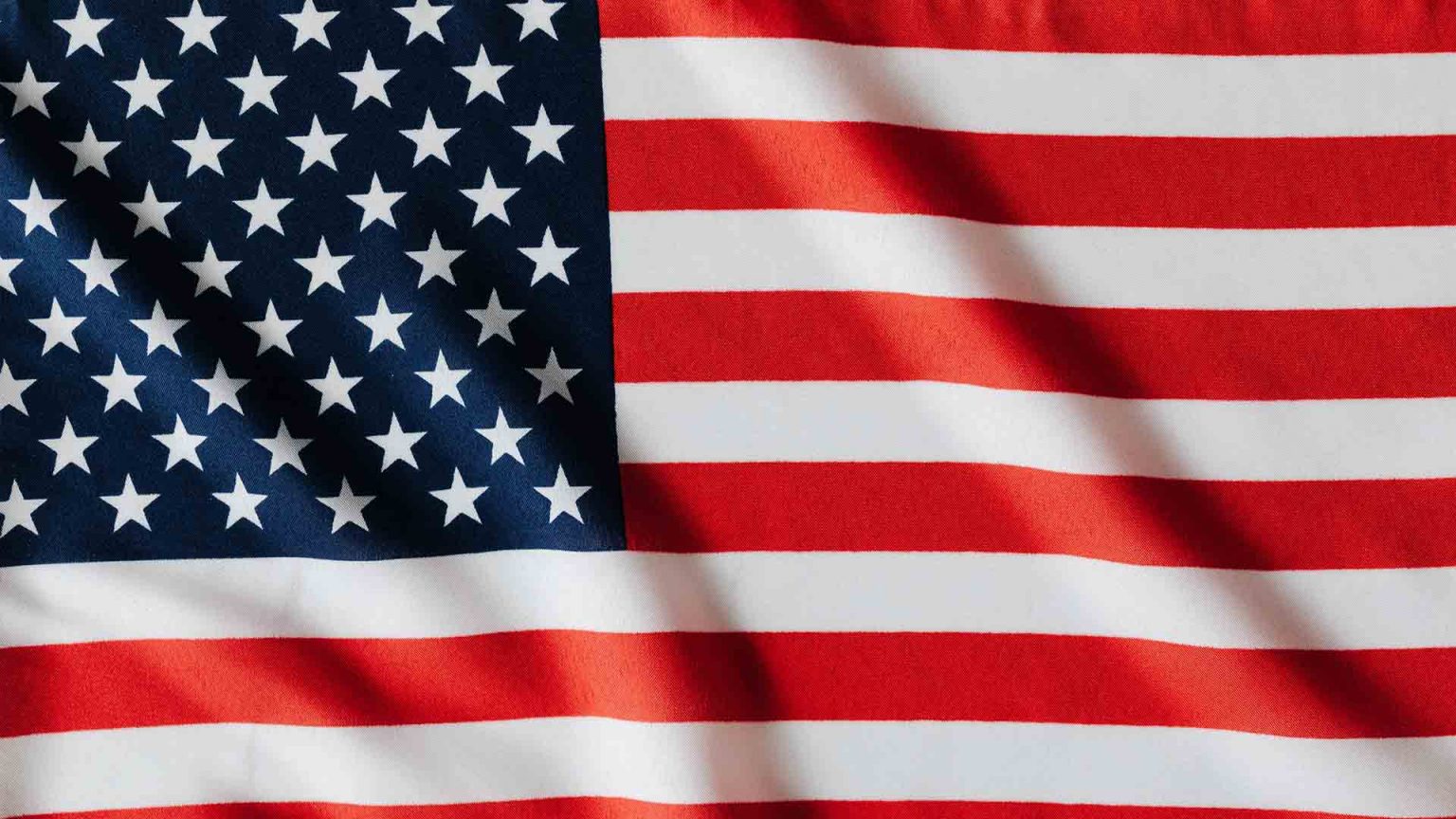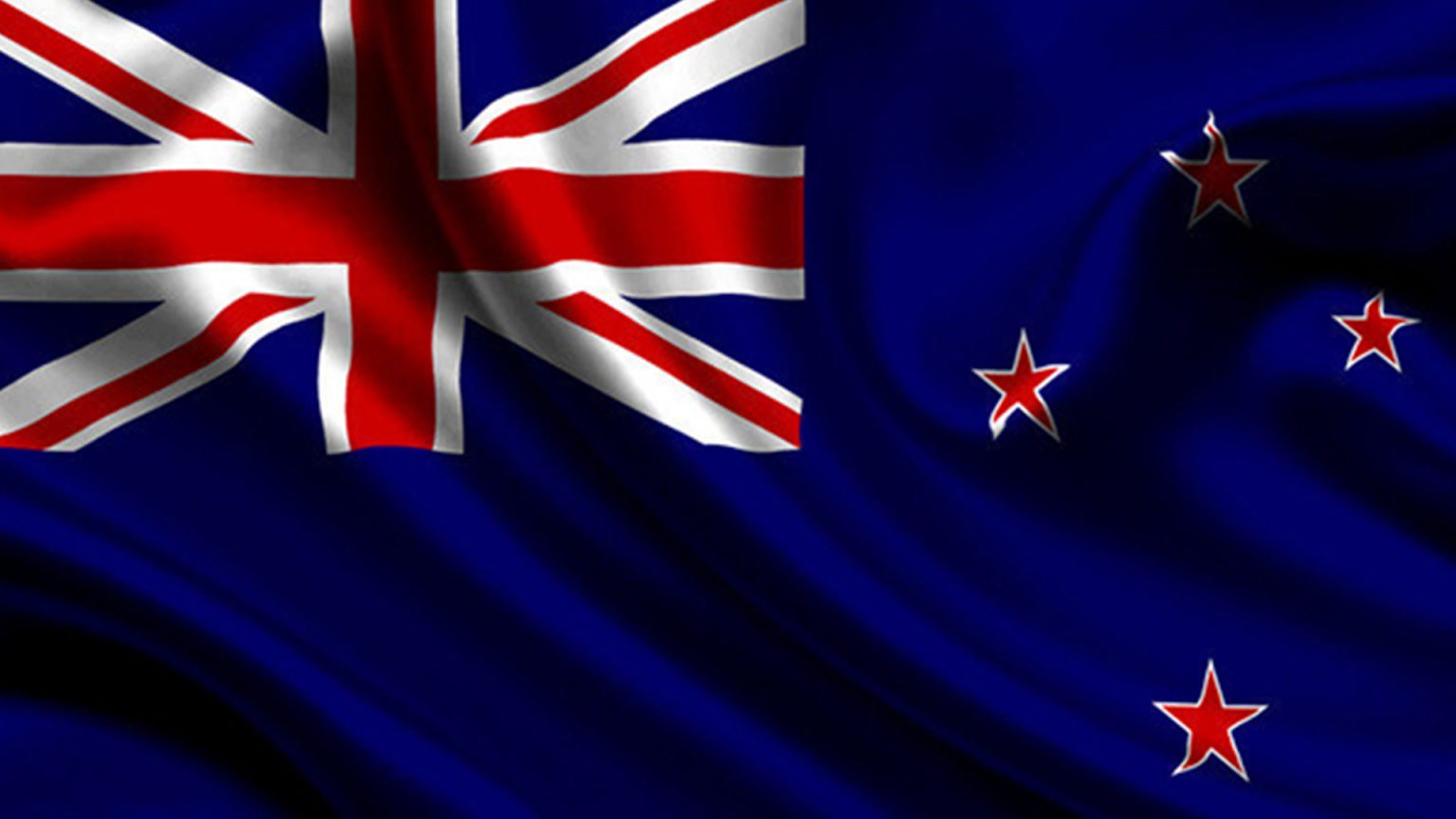Sunsea Aviation Services Private Limited
Instrument Ratings
Introduction
instrument rating refers the qualifications that a pilot should have to fly under instrument flight rules . It requires for explicit training and guidance beyond what is required for a private pilot certificates or commercial pilot certificate, including rules and procedures specific to instrument ratings, further preparation in meteorology, and more intensive preparation to the flight solely by reference to instruments. It is probably one of the most valuable ratings you can ever add to your pilot certificate and is a fun and challenging aspect of flight training. A well-trained and proficient instrument pilot can fly a plane from point A to point B without even looking out the window except for takeoff and landing, it is truly a exquisite skill.
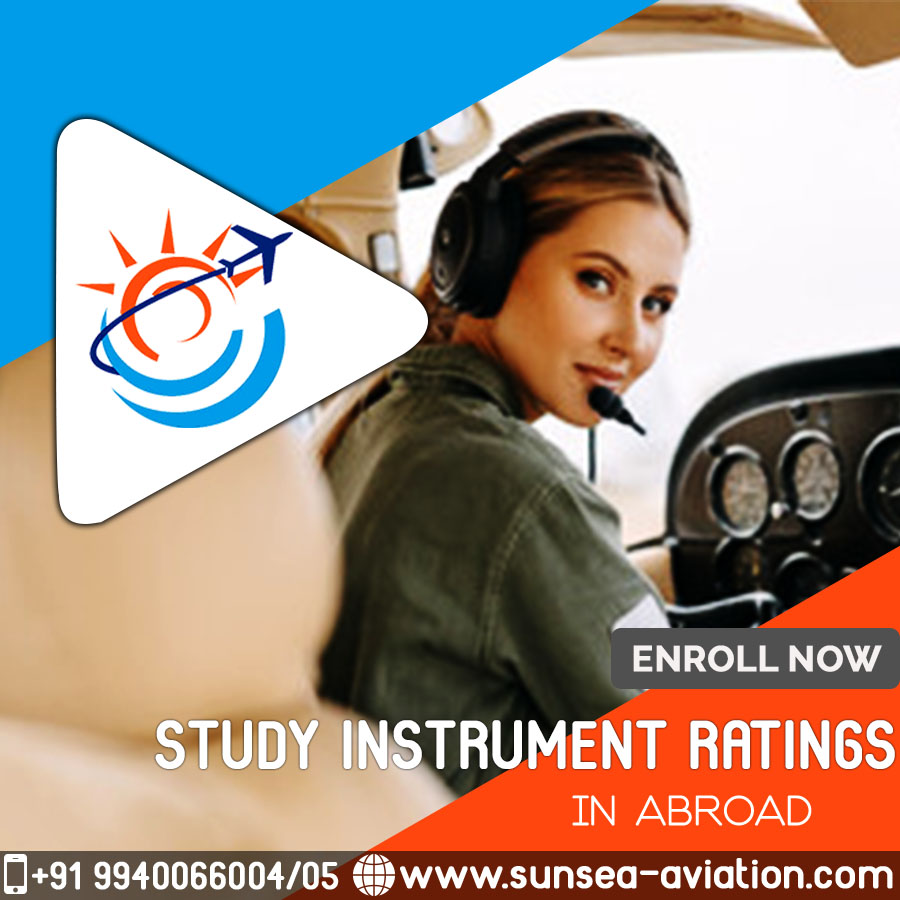
Available Countries for Instrument Ratings (IR)
Countries
United States of America
IR is a qualification that extends the privileges of PPL and allows a pilot to fly according to Instrument Flight Rules (IFR) with a minimum decision height for a landing of 60m (200 feet). Once you complete your Instrument Rating training, you will get your IR/SE qualification added on your FAA Private Pilot License – PPL. In case of a Multi-Engine IR , the privilege can be extended to Multi-engine operations.
Course Entry Requirements
- To be at least 3 Class Medical holder
- To be at least a PPL holder
- To be proficient in the English language
- Find answers to your FAQ (Frequently Asked Questions)
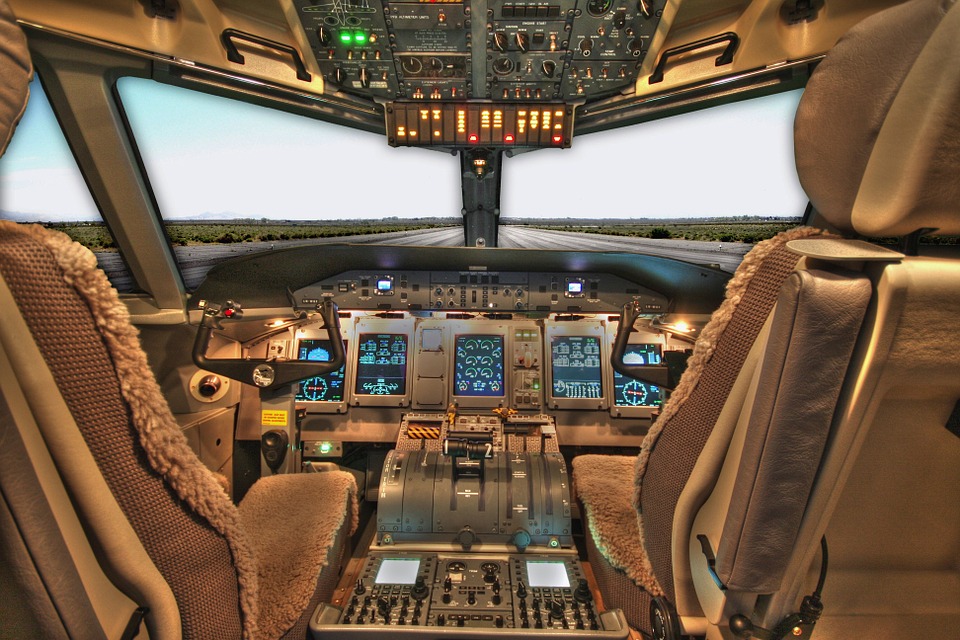
United States of America
IR is a qualification that extends the privileges of PPL and allows a pilot to fly according to Instrument Flight Rules (IFR) with a minimum decision height for a landing of 60m (200 feet). Once you complete your Instrument Rating training, you will get your IR/SE qualification added on your FAA Private Pilot License – PPL. In case of a Multi-Engine IR , the privilege can be extended to Multi-engine operations.
Course Entry Requirements
- To be at least 3 Class Medical holder
- To be at least a PPL holder
- To be proficient in the English language
- Find answers to your FAQ (Frequently Asked Questions)

New Zealand
This program may be completed well within one’s CPL, unless a student opts for a country-specific program, wherein the New Zealand Instrument rating is not required. Instrument Rating is when you operate/navigate the aircraft solely by looking at the instruments onboard the aircraft and radio signals from the ground. This program is mandatory for students wanting a career as an airline pilot. The instrument rating gained on a single engine aircraft is known as SEIR and instrument rating gained on a Multi-Engine aircraft (an aircraft with more than one engine) is known as MEIR. The duration of this program is 3 months to 4 months, if done outside the CPL program and consists of:
- 3 theory exams
- 20 hours simulator time
- 20 hours aircraft time and IR flight test
Qualification Requirements
- Hold a PPL or CPL
- Have passed CPL papers in Human Factors & Meterology
- Complete 40 hours flight training of which 20 hours may be ground simulator training
- Complete passes in 3 theory subjects that are part of the course curriculum.
Entry Requirements
To commence an Instrument Rating you must :
- Hold a PPL* or CPL
*PPL holders must have also completed two CPL papers;
a. Human factors, and
b. Meteorology
South Africa
This advance qualification can be added either on Private Pilot License or Commercial Pilot License, and will be able to fly in challenging weather conditions by solely relaying on the flight instruments Not only will this rating significantly improve overall safety but it is a necessity for any pilot wanting to be competitive in the job market.
Requirements for Instrument Rating
The applicant for a class of type rating, in respect of a single-pilot multi-engine aero plane must have:.
- Hold a valid Commercial Pilot License or Airline Transport Pilot License
- Hold a valid night rating, unless such rating is an integral part of the pilot license (i.e. CPL).
- Hold a valid Class II aviation medical certificate.
- Have passed to General Radio and Instrument rating theoretical examinations.
- Hold a general radio license certificate.
- The applicant for an instrument rating must have completed at least 50 hours flight time as PIC, of which 10 hours must have been flown on the category of aircraft for which the instrument rating is sought.
- The applicant must have completed 40 hours instrument flight training under instruction of which, at most, 20 hours may be in an FSTD approved for this purpose.
In the case of an instrument rating for a multi-engine aeroplane, at least 5 hours of the instrument training referred to above must be conducted in a multi-engine aeroplane and shall be additional to the training towards an initial multi-engine class rating. A maximum of 3 of the 5 hours may be completed in an FSTD approved for this purpose.
Philippines
The most significant value of flying under IFR is the ability to fly in instrument meteorological conditions (such as inside clouds and low visibility situation). It requires additional training and instruction beyond what is required for a private pilot certificate or commercial pilot certificate, including rules and procedures specific to instrument flying, additional instruction in meteorology, and more intensive training in flight solely by reference to instruments.
Our ELITE PI-135 and REDBIRD FMX flight simulators make you understand and interpret ground knowledge in a more in-depth manner. With the instructor guiding the students in details on every aspect of Instrument Flying Royhle is proud to offer a personalized teaching methodology.
Our simulator flight training is an unbelievable experience, which makes actual instrument flying more enjoyable and successful.
Application of Instrument Rating requires a total Instrument Time of 40 Hours, and the standard package we offer is as follows:
- Actual Instrument – Cessna 172: 20 hours
- Simulator: ELITE PI-135 & Redbird FMX : 20 hours
- Duration: 3 months
- Total Flying hours: 40 hours
- Ground Schooling: 20 hours
Australia
The course equips you with the skills and experience required to fly under instrument conditions for domestic and international airlines, emergency services and air ambulance. You will train with our experienced instructors to build and develop advanced-level pilot licence ratings and endorsements to enhance your career opportunities.
instrument rating consists of two distinct components – flight training and theory training. These are taught concurrently so you will master the practical while engaged with the theoretical.
Entry Requirements
- 17 years of age upon enrolment, 18 years of age to sit a flight test
- Hold a Commercial Pilot License
- An aircraft instrument endorsement (the category must be the same as the aircraft used in the flight test) and
- At least a 2D instrument endorsement (you can include the 3D endorsement as well).
- In addition, you need to have the following aeronautical experience in aircraft of the same category that the flight test is to be conducted in:
- 50 hours cross-country flight time as pilot-in-command
- 40 hours of instrument time, including at least 10 hours of dual instrument time, plus 20 hours of instrument flight time or 10 hours of instrument flight time if the training is done in a flight simulator.
- International students:
- A pass in an International English Language Testing System (IELTS) with an overall grade of 6.0 or equivalent
Theory Training Courses
Instrument theory training covers:
- general operational knowledge
- meteorology
- operational planning requirements
- ground and space-based navigation systems and infrastructure
- performance based navigation (PBN)
- reduced vertical separation minima (RVSM) operations
- human factors
Training aircraft
- Cessna 172
- Diamond DA42
United Arab Emirates
Entry Requirements
- High school or equivalent as a minimum education
- Good command of the English language
- Minimum age 17 year to enrol for the course and 18 years to obtain a licence
- Class I Medical certificate by a UAE GCAA physician
- All student required by law to get security clearance prior to commencing flight training in the U.A.E . (Sunsea with its partner flying schoolwill apply for your security clearance when all your documents with course application fee received.)
- Personal interview with the flying school enrolment committee
